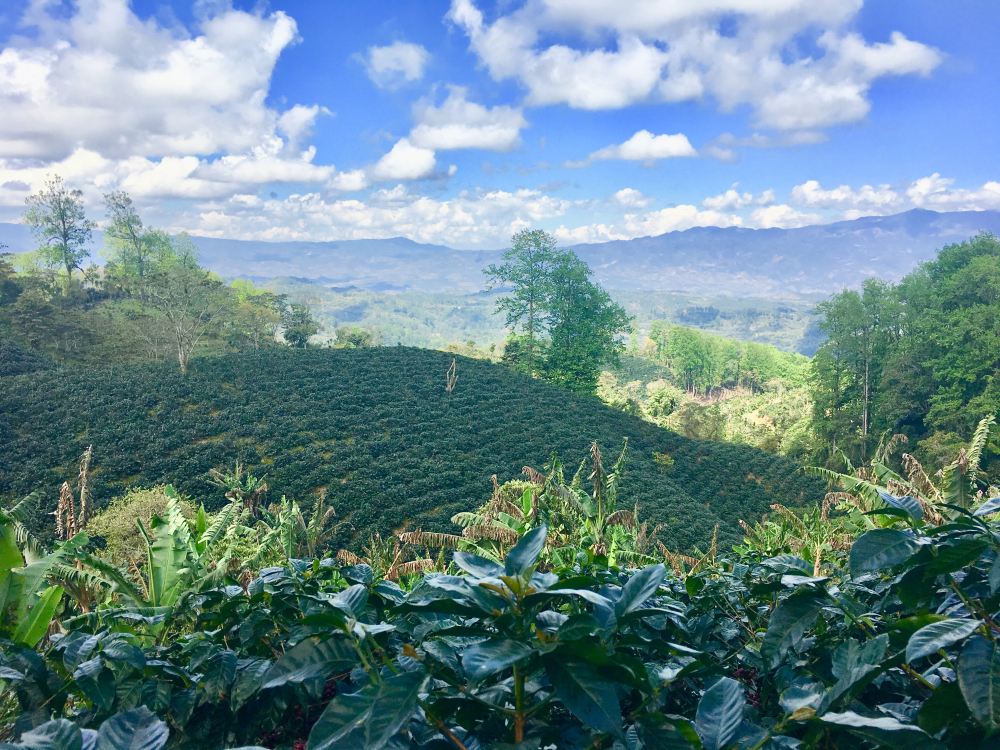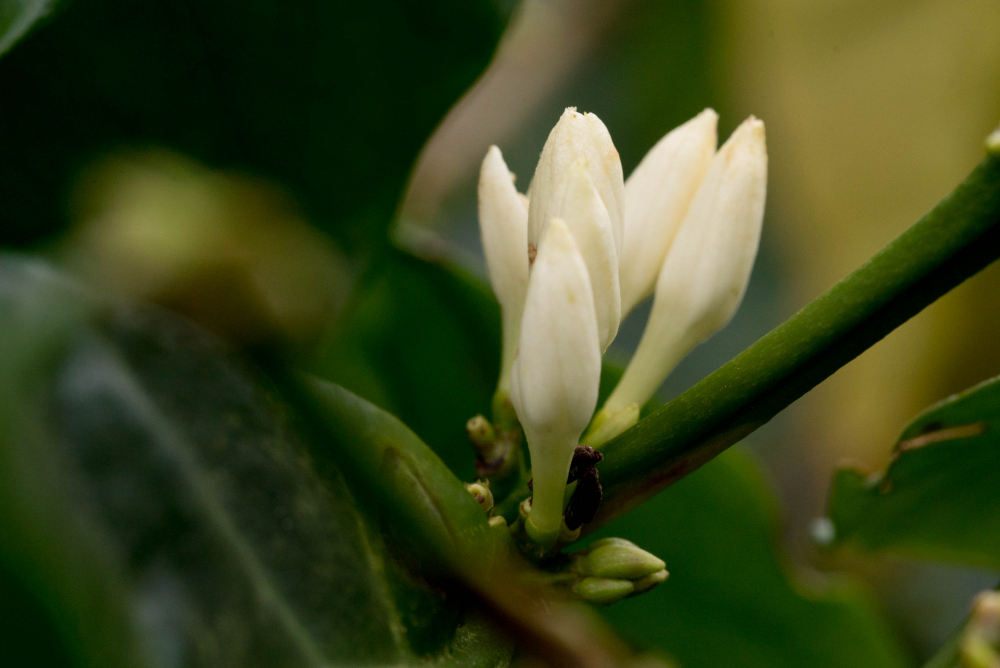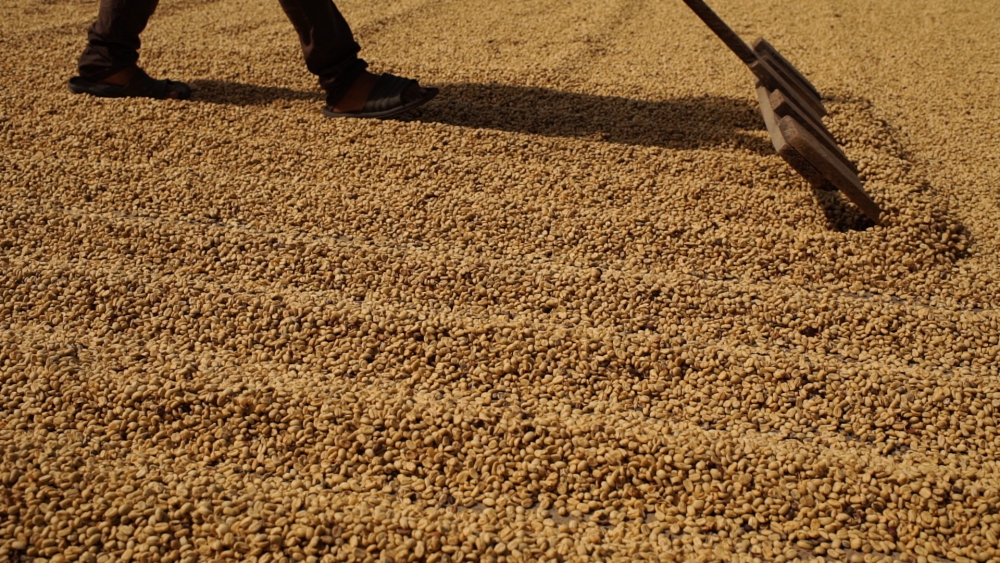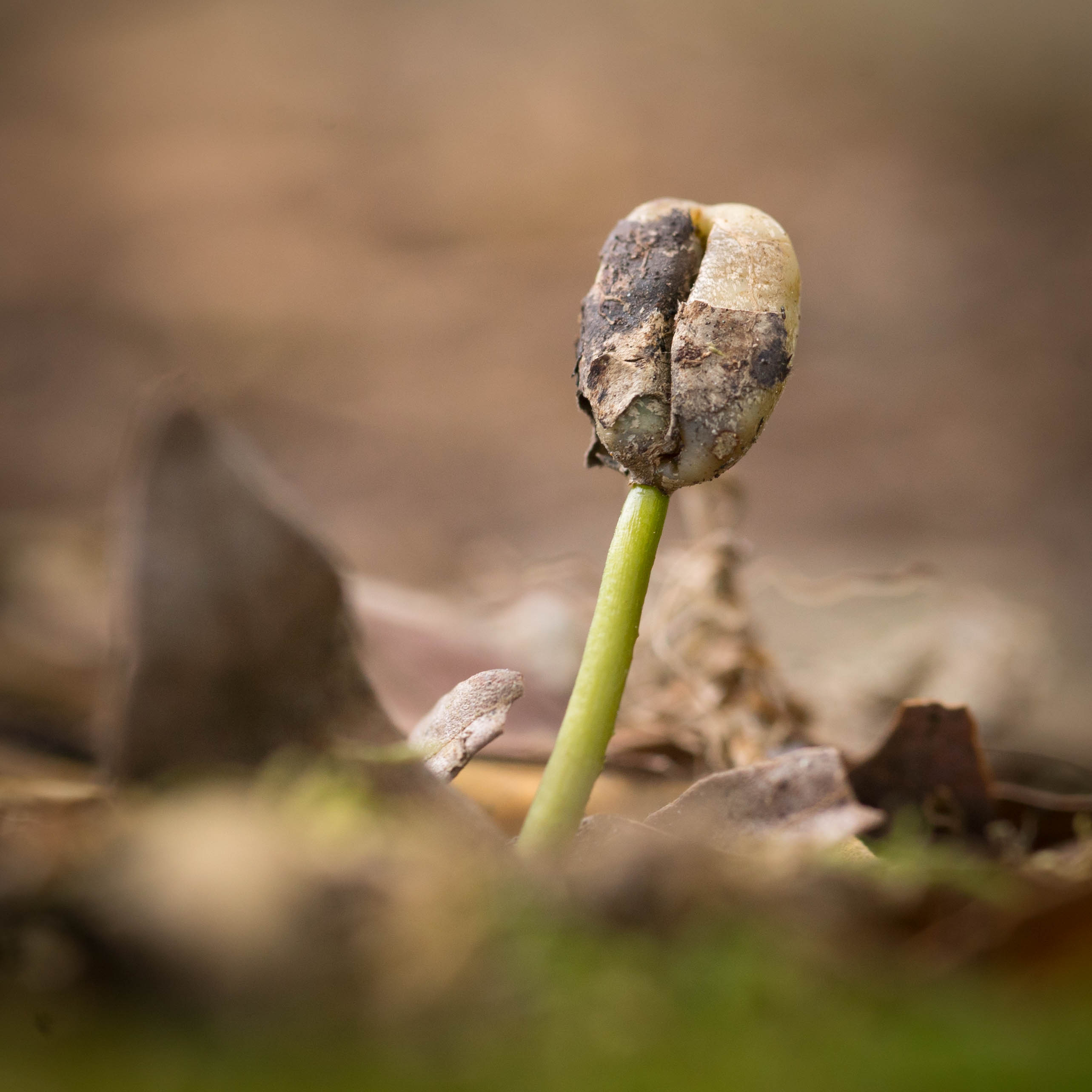Honduras
Did you know?
About
At the heart of Central America's coffee belt, Honduras is bordered to the west by Guatemala, to the southwest by El salvador and to the southeast by Nicaragua. The country, bathed both by the Atlantic (Caribbean sea) and by the Pacific (Gulf of Fonseca) has a current population of about 6 million inhabitants. Tegucigalpa (in the southern central mountains, population 1 million) is the capital city, although San Pedro Sula (in the north) has been the country's economic and commercial centre for decades.
Honduras is a mountainous and forested country with lowland areas along its long Caribbean and short Pacific coasts. Coastal areas are hot and humid with heavy summer rainfall, the inland is cooler and drier. Most people live in the central valleys. Coffee and bananas are the main exports, along with shrimps, lead, zinc and timber. Industrial activity involves mainly agricultural processing. Honduras depends on foreign aid.

Only Arabica
The main coffee producing areas in Honduras are El Paraiso (near the Nicaraguan border), Santa Barbara, Copan (near the Guatemalan border), Comayagua and La Paz.
Nice to know
The government is actively trying to reduce smuggling of its coffee to neighbouring Central American nations, such as Guatemala where it is sold at higher prices. Smuggling is one of the biggest problems that coffee in Honduras is facing and is difficult to tackle as sellers doing so also avoid witholding tax required on exports to pay off coffee producers debt to the government. Honduras had become in the beginning of this century a promising country on coffee production for both quality and quantity. The improvement when compared to the last decades it is already a reality.
Coffee facts
Crop Periods
Flowering Period |
|
Main : From March until May |

Harvesting Period |
|
Main : From October until March |

Shipping Period |
|
Main : From January until June |
Destination countries
1. Germany
2. USA
3. Japan
Transit days
| Port of shipment |
Imp. |
EU |
US |
|
Puerto Cortés |
100% |
17 |
8 |
Nice to know
55% of trees have been renovated in the past 9 years, and will not to be renovated in the next 10 years.
ICO Figures
Classifications
Varieties
Main Regions
Marcala (near the El Salvador border) is thought to be the best producing area for coffee in Honduras because there is a real coffee culture and growers have the reputation to process the beans with more craftsmanship. Genuine Marcala SHG is therefore fetching a premium.
By Grade
|
SHG |
Strictly High Grown | Over 1500 m |
|
HG |
High Grown | from 1000 to 1500 m |
|
CS |
Central Standard | Under 1000 m |
Strictly High Growns represent about 12 percent of the total output. High Growns, which account for approximately 78 percent of the total output are usually priced very competively, compared with other Centrals. Standards (10 percent of the output) offer neutral cups.
By Defect
|
EP |
European Preparation |
Electronically sorted, followed by hand picking. |
|
USP |
U.S. Preparation |
Machinally cleaned and electronically sorted. |
Nice to know
Wet parchment coffees are delivered by middlemen to the large dry mills owned by exporters. The end product, a mixture of many different coffees varying in moisture and production methods, is seldom homogenous and makes it difficult for exporters to offer a constant quality.
Typical Quality Description
Honduras SHG ep
Cup profile
|
Marcala SHG |
Gourmet Brand |
An SCAA score between 82 -83 with excellent acidity, body and sweetness, FCL |
|
SHG |
Strictly High Grown |
An SCAA score between 79-81 with solid acidity, body and sweetness, FCL. |
|
HG |
High Grown |
Low acidity, good body, medium sweetness |
|
Stocklots |
|
Low acidity, good body, low sweetness. A bit harsh |
Processing
|
Picking |
Selectively by hand |
|
Washing |
Great majority of the coffee is washed although dry method is also used. |
|
Fermentation |
12 hours on tanks. Only washed coffees are fermented |
|
Drying |
Sun drying, then in drum and tower dryers. |
|
Sorting |
Electronic sorting in the dry mill, followed by hand picking for Europrep |

Coffee Environment
Coffee Environment
Coffee production is very important to Central America's largest producing nation and the world's 6th coffee exporter. In fact, for the economy, coffee has become one of its top export crops and had played an important role for the reconstruction of local economy after hurricane Mitch. About 565 million coffee trees contribute to the country's production, and coffee revenues account for 10 percent of the GNP, and 30 percent of foreign income.
Small holders, which account for 80 percent of the total production, process the coffee through to the parchment stage on the farm, sometimes with rudimentary methods. The difficulty for exporters is often related to sourcing a reliable product. Wet parchment coffees are delivered by middlemen to the large dry mills owned by exporters. The end product, a mixture of many different coffees varying in moisture and production methods, is seldom homogenous and makes it difficult for exporters to offer a constant quality. In recent years local exporters, in a joint effort, are trying to reach all growers through various advertising campaigns, aiming at improving the quality of beans through simple cost free practises. These encourage sound washing methods, appropriate drying and direct deliveries to exporters. Another concern of exporters is the tough competition from Guatemalan coffee buyers who cross the border in the Copan area between the months of December and February to buy the better qualities and smuggle them back to Guatemala. These buyers, because of the premiums received in Guatemala, can pay up to $10 more per bag of 46kg, making it difficult for local exporters to compete. It is estimated that an average of 800 thousand to 1 million bags (one fifth of the total production) are smuggled to Guatemala each year. Apparently the smuggling decreased quite a lot since the 2001/02 crop.
There are more than 40 active private shippers in Honduras, the majority of them are concentrated in San Pedro Sula.
IHCAFE's (Honduran Coffee Institute) most recent goals include improving quality and quantity produced. Recent efforts have also been made in promoting a sustainable production system such as 'shade coffees' (which allows for a larger biological diversity) and wet mill processing with low environmental impact.
ICO member (joined in 1967)














